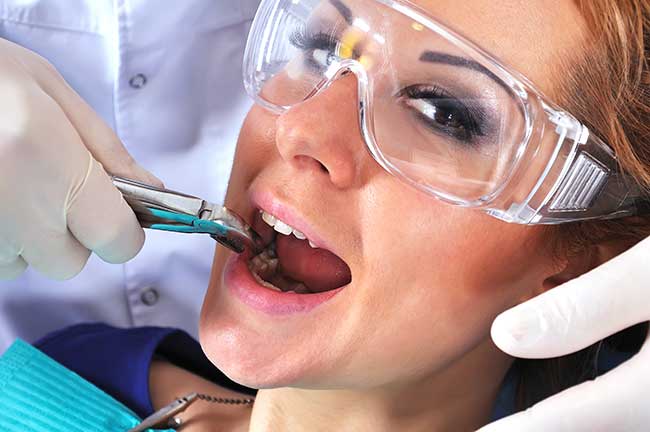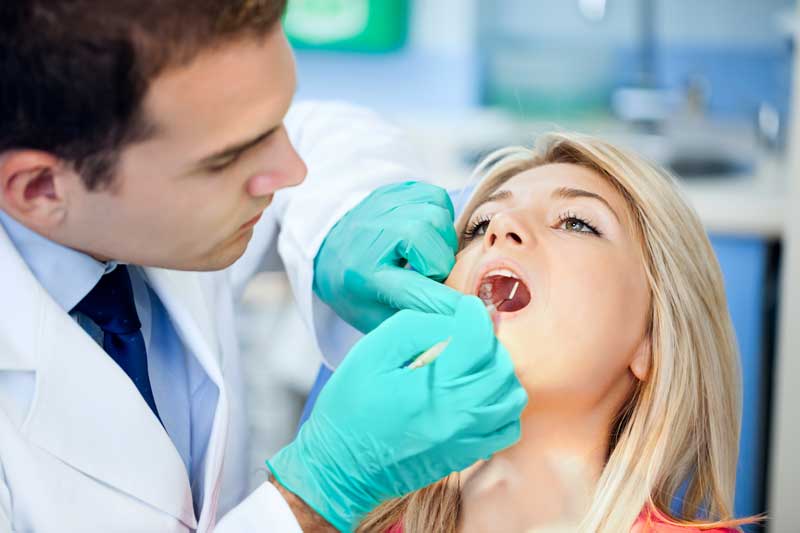Dental Extractions FAQ: What You Need to Know Before Your Appointment
Dental extractions might not be the most appealing topic, but they are sometimes necessary to maintain your overall oral health. At The Blvd Dentist in Lancaster, California, we prioritize preserving your natural teeth through preventive care and restorative treatments. However, when a tooth is beyond saving, a dental extraction may be required. Here’s everything you need to know about the process and what to expect.

Why Would I Need a Tooth Extraction?
Tooth extractions are considered when a tooth is beyond repair or poses risks to your oral health. Dr. Martin Orro will recommend an extraction only when absolutely necessary. Common reasons for tooth extraction include:
- Severely Decayed or Damaged Teeth: If a tooth is so compromised by decay or damage that it cannot be effectively restored with crowns or fillings, extraction may be the most viable solution.
- Overcrowding: Teeth may need to be extracted to create space for other teeth, particularly before orthodontic treatment.
- Impacted Wisdom Teeth: Wisdom teeth that do not fully emerge from the gums can cause pain and infections if not extracted.
- Advanced Gum Disease: Severe gum disease can compromise the stability of your teeth, necessitating removal.
- Ankylosed Baby Tooth: A baby tooth that fails to fall out can interfere with the eruption of a permanent tooth.
Although the idea of tooth removal might seem daunting, Dr. Orro will always consider conservative treatments first. Extraction is usually recommended to alleviate pain, prevent infection, and preserve your overall oral health.
What Is the Procedure for Tooth Extraction?
Tooth extractions can be categorized into two types: simple and surgical.
- Simple Extractions: This procedure is used when the tooth is visible and easily accessible. After administering a local anesthetic, Dr. Orro will gently loosen the tooth using an instrument and then remove it in one piece.
- Surgical Extractions: Necessary for teeth that are not visible or are broken below the gum line. This involves making a small incision in the gum tissue and sometimes removing a portion of the bone. The tooth is then broken into smaller pieces for easier removal, and the site is cleaned and sutured.
What Are the Post-Operative Care Instructions?
Proper aftercare is crucial for a smooth recovery. Here are the key post-op instructions:
- Bite on a Gauze Pad: Apply gentle pressure with a gauze pad for about 30 minutes to help stop bleeding.
- Use a Cold Compress: Apply a cold compress to your cheeks to reduce swelling and discomfort.
- Follow Medication Guidelines: Take prescribed pain medications and antibiotics as directed.
- Avoid Disrupting the Site: Refrain from touching or disturbing the extraction site to prevent dislodging the blood clot.
- Maintain Oral Hygiene: Keep the extraction site clean to prevent infection, but avoid brushing directly on the wound for the first few days.
- Eat Soft Foods: Stick to soft foods for a few days to avoid irritation.
- Avoid Smoking and Alcohol: These can interfere with the healing process.
- Rest and Avoid Physical Activity: Limit physical activities for the initial days to support healing.
If you experience any unusual symptoms or if your condition worsens, contact Dr. Orro immediately.
How Can I Schedule an Appointment for a Tooth Extraction?
If you’re experiencing issues that may require a tooth extraction, you can trust The Blvd Dentist for expert care. Dr. Martin Orro and his team are dedicated to providing compassionate and effective treatment.
Call us at (661) 942-1124 to schedule an appointment and discuss your options. Your oral health is our priority, and we’re here to guide you through every step of the process.


